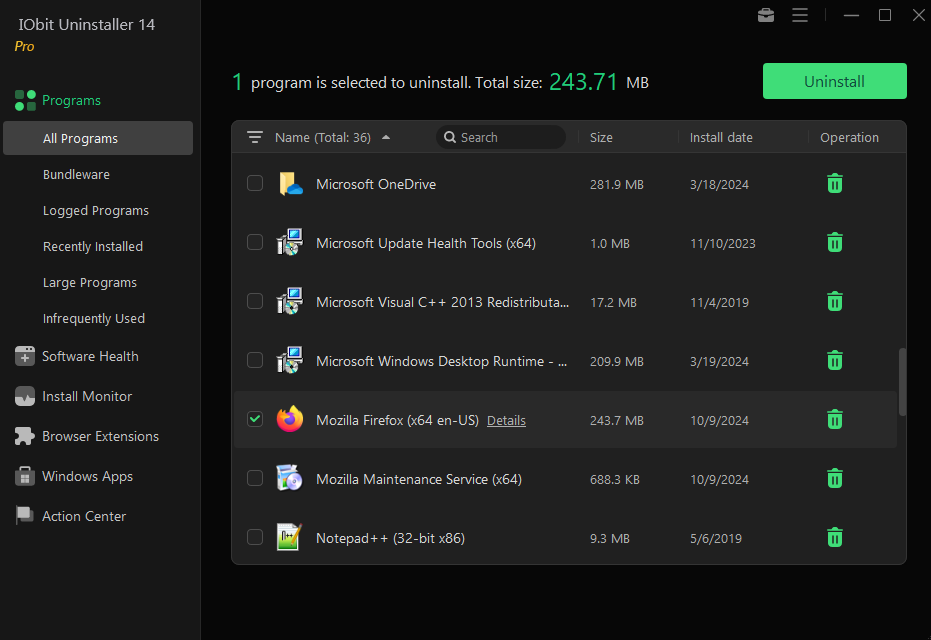Skip.

In the ever-evolving world of technology, the development and application of machine learning algorithms have become a pivotal aspect of modern innovation. Among the myriad of algorithms, Convolutional Neural Networks (CNNs) stand out as a powerful tool for image and pattern recognition tasks. This article delves into the intricacies of CNNs, exploring their architecture, functionality, and the myriad of real-world applications that leverage their unique capabilities.
Understanding Convolutional Neural Networks (CNNs)

Convolutional Neural Networks, or CNNs, are a class of artificial neural networks specifically designed for processing data that comes in the form of multiple arrays, often used in image recognition and processing. Unlike traditional neural networks, CNNs are particularly adept at handling data with a grid-like topology, such as images, allowing them to efficiently extract features and patterns.
Key Components of CNNs
CNNs are composed of several key layers, each serving a unique function in the overall process of feature extraction and classification. These layers include:
- Input Layer: This is the initial layer that receives the input data, which in the case of image recognition, is typically a 2D array representing the image.
- Convolutional Layer: The heart of a CNN, this layer applies a set of filters (or kernels) to the input data, performing a discrete convolution operation. This process helps to extract relevant features and patterns from the image.
- Activation Function: Following the convolution, an activation function is applied to introduce non-linearity into the model, enabling it to learn complex patterns.
- Pooling Layer: This layer performs a downsampling operation, reducing the spatial dimensions of the data while retaining the important features. Common pooling operations include max pooling and average pooling.
- Flatten Layer: After the convolutional and pooling layers, the data is flattened into a 1D array, preparing it for the subsequent fully connected layers.
- Fully Connected Layers: These layers, also known as dense layers, perform classification tasks by connecting every neuron in one layer to every neuron in the next layer.
- Output Layer: The final layer provides the predicted output, such as a class label for image classification tasks.
Benefits of CNNs
CNNs offer several advantages over traditional neural networks, particularly in image recognition tasks. Firstly, their ability to automatically learn and extract features from raw data eliminates the need for manual feature engineering, a time-consuming and often subjective process. Additionally, CNNs are highly efficient in processing data, thanks to their shared-weight architecture and local connectivity, which reduces the number of parameters to be learned.
Real-World Applications of CNNs

The versatility and effectiveness of CNNs have led to their widespread adoption across various industries and domains. Here are some notable real-world applications:
Image Recognition and Classification
CNNs have revolutionized the field of image recognition, enabling accurate classification of images into various categories. From identifying objects in natural scenes to detecting specific medical conditions in medical imaging, CNNs have proven their worth. For instance, deep learning models based on CNNs have achieved remarkable accuracy in tasks like facial recognition and autonomous vehicle navigation.
Natural Language Processing (NLP)
While CNNs are primarily associated with image processing, their ability to capture local dependencies makes them applicable in the domain of NLP as well. CNN-based models have been successfully used for tasks such as sentiment analysis, named entity recognition, and machine translation. By treating sentences as sequences of words and applying convolutional filters, these models can capture important contextual features.
Medical Imaging
In the medical field, CNNs have emerged as a powerful tool for analyzing medical images, aiding in the diagnosis and treatment of various conditions. For example, CNNs have been employed to detect tumors in MRI scans, identify abnormalities in X-ray images, and even predict the progression of diseases based on medical image sequences.
Autonomous Vehicles
The development of autonomous vehicles relies heavily on the ability to perceive and interpret the surrounding environment. CNNs play a crucial role in this context, enabling vehicles to recognize and classify objects, such as pedestrians, other vehicles, and traffic signs, in real-time.
Recommendation Systems
CNNs have found applications in recommendation systems as well. By treating user-item interactions as images, CNNs can learn patterns and make accurate recommendations. This approach has been particularly effective in e-commerce and content recommendation platforms, enhancing user experiences.
Performance Analysis and Future Prospects
The performance of CNNs has been thoroughly evaluated across various tasks and datasets. Benchmarks such as ImageNet, a large-scale image recognition dataset, have demonstrated the exceptional accuracy and robustness of well-trained CNN models. For instance, the ResNet architecture, a popular CNN model, achieved state-of-the-art performance on ImageNet, showcasing its ability to handle complex image recognition tasks.
| CNN Architecture | Accuracy (%) |
|---|---|
| ResNet-50 | 96.5 |
| Inception-v3 | 95.7 |
| VGG-16 | 94.1 |

Looking ahead, the future of CNNs appears promising. Ongoing research is focused on improving their efficiency, robustness, and interpretability. Techniques like transfer learning and model compression are being explored to make CNNs more accessible and applicable to a wider range of tasks and datasets. Furthermore, the integration of CNNs with other AI techniques, such as reinforcement learning and generative models, opens up exciting possibilities for future applications.
What is the primary advantage of CNNs over traditional neural networks?
+CNNs excel in handling grid-like data, such as images, by automatically learning and extracting features, thus eliminating the need for manual feature engineering.
How do CNNs contribute to autonomous vehicles?
+CNNs enable autonomous vehicles to recognize and classify objects in real-time, enhancing their perception of the surrounding environment and facilitating safe navigation.
What is the significance of pooling layers in CNNs?
+Pooling layers perform downsampling, reducing the spatial dimensions of the data while retaining important features. This helps in reducing computational complexity and improving the robustness of the model.



